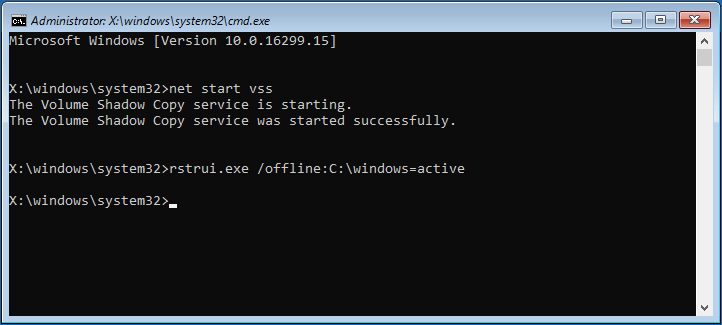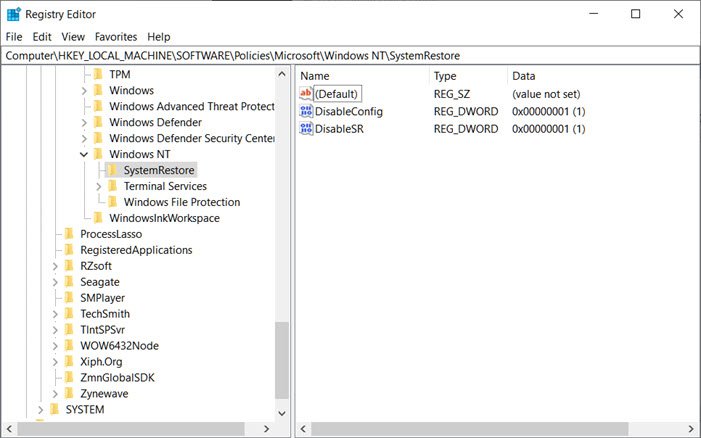

In a case you want to capture a new image with “ scepinstall.exe” you must delete some important registry key– follow the steps:

:no_upscale()/cdn.vox-cdn.com/uploads/chorus_asset/file/19993865/restore_point_6__1_.png)
You can deploy the agent manually and even assign the antimalware policy using the following command: scepinstall.exe /policy \ SCCM deploys the endpoint under “ scepinstall.exe.”, therefore, you must allow this file from running, the installation exists on the site server and not on the client side: System Center Endpoint Protection allows us to manage our end clients security using install the endpoint agent, the entire management is using SCCM and we are getting basic management of Real-time, windows firewall, scan process, malware and Spyware detection, remediation, Critical vulnerability assessment, Network vulnerability detection and more option that you going to reveal. In this article, you are going to see how to enable and deploy the SCEP (System Center Endpoint Protection) and afterward, I will show you how to create the necessary antimalware policy and custom client device settings and at the end, we will deploy them together. The system protection tab provides you with options to create a restore point, and to restore a data point that was created earlier.It is quite well known and not a secret that Microsoft wants being involved and be a major player in anti-virus worlds, they are increasingly pushing the endpoint protection as security solution to many customers, and to be sincere the Endpoint protection does a perfect job! Repeat the process for other drives if necessary.Click apply and then ok to complete the process.A value between 5 to 10 Gigabyte is usually a good option. Switch to "turn on system protection" and select the maximum storage space that you want system restore to use on the device.If that is not the case, select the drive and click on the configure button afterwards.A state of "on" means that System Restore is enabled for the drive. There you find listed all drives connected to the system and their protection state.Switch to the "system protection" tab on the next screen.Locate the "advanced system settings" link on the left and click on it.Use the shortcut Windows-Pause to open the System control panel applet quickly.If you run Windows 10, you should check the System Restore preference to find out whether it is enabled or not.


 0 kommentar(er)
0 kommentar(er)
